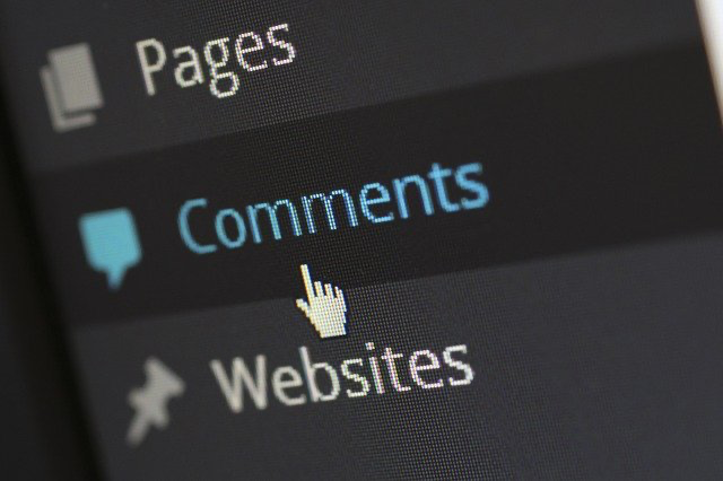A WYSIWYG HTML Editor is a simple software application that controls, displays and manages a web page in a WYSIWYG (What You See Is What You Get) format. This format is a universal format that can be recognized by all computers and browsers, but allows the author to put their desired style of HTML code into the page’s text box, or style guide. It is not recommended for creating documents that are sensitive or containing confidential information, as the text can be edited in other places.

Features of WYSIWYG Editor:
The WYSIWYG Editor allows the same features that you would find in Microsoft Word or Publisher.
- This rich text editor can drag text around, add headings and subheading, revise the document and insert pictures and links.
- For advanced collaborative document editing, there are options such as renaming files, moving items around the document tree or editing the table of contents.
- One of the most attractive features of the WYSIWYG HTML Editor is that you can use your mouse to highlight text, enter a variable or highlight a web page.
- You can then save the document, commit it or make changes to it.
- In a collaborative document editing tool, you are able to create documents from any text editor such as Microsoft Word, Publisher or iPad apps.
- The collaborative text editor has been designed to edit any document in a standard document format.
- You can change the font size, change the color of the text, or you can add, remove or change fonts from within the document.
- Once the changes are saved, the document is updated and ready for others to read.
- In addition, many of the features of the collaboration editor allows you to add your own widgets such as buttons, drop down menus, radio buttons, check boxes, and pop-up boxes.
In a WYSIWYG HTML Editor, text is inserted into the document directly, without the need to create an image first. You can do this using one of the built-in text formatting tools, or you can insert the text into the document using a text editor, such as Notepad. If you have your own web design software, you may wish to consider the possibility of exporting your documents in a format that other users can use with not just your program, but with your web browser as well. This is what many people end up doing when they choose WYSIWYG Editor programs for their web projects, as it makes their job much easier!
One of the best things about WYSIWYG HTML Editor programs is that they allow you to save time when creating or doing collaborative editing in a document. Many times, creating a document involves several different steps, and even if you are familiar with HTML, the confusing code could make you wait a long time for your document to be completed. By using a WYSIWYG HTML Editor, you can preview the document before you print it out. Not only will this save you time, but you can also easily change any part of the document without having to retype the entire text. The programs usually have an extensive number of features, including tools for formatting tables, adding graphics, modifying text, and more.
Conclusion:
Even if you are not familiar with HTML, a WYSIWYG HTML Editor should be able to help you quickly get your text up on the web. There are several free programs available, as well as programs that will cost a small amount of money. For those who like to customize their web pages, the WYSIWYG Editor programs might be perfect for you. However, if you are simply looking for a simple way to produce HTML text, you might want to look into some of the other collaborative document editing programs on the market. You should be able to find a suitable program to suit your needs by searching the Internet.


